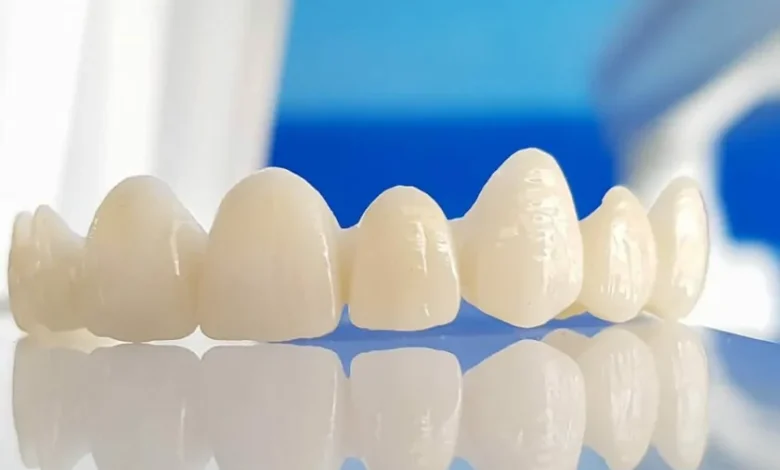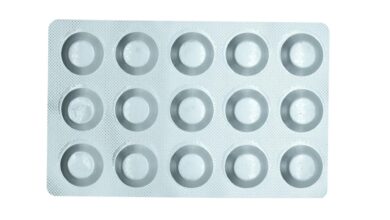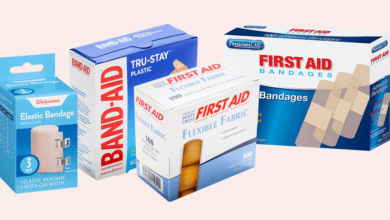The Rise of Zirconia Ceramic Crowns in UK Dentistry: A Comprehensive Guide

In the dynamic world of dentistry, advancements in materials and techniques continually reshape the landscape of oral healthcare. Among these innovations, zirconia ceramic crowns have emerged as a leading choice for restoring damaged or decayed teeth. In the United Kingdom (UK), this versatile and durable dental material has gained widespread acceptance, revolutionizing the way dental practitioners approach restorative dentistry. This article delves into the intricacies of zirconia ceramic crowns, exploring their benefits, applications, and the evolving trends within the UK dental industry.
Understanding Zirconia Ceramic Crowns:
Zirconia, a type of ceramic material derived from zirconium dioxide, has garnered attention in various industries for its exceptional strength, biocompatibility, and aesthetic appeal. In dentistry, zirconia ceramic crowns represent a breakthrough in restorative treatments, offering a superior alternative to traditional crown materials like metal or porcelain-fused-to-metal (PFM) crowns.
The manufacturing process of zirconia ceramic crowns involves computer-aided design (CAD) and computer-aided manufacturing (CAM) technologies, ensuring precise customization and fit for each patient. Unlike metal crowns, zirconia crowns boast a natural translucency that closely mimics the appearance of natural teeth, making them an ideal choice for achieving lifelike aesthetics.
Benefits of Zirconia Ceramic Crowns:
Durability: Zirconia ceramic crowns are renowned for their exceptional strength and resilience. They can withstand the forces of chewing and biting without compromising their integrity, offering long-lasting durability comparable to metal crowns.
Biocompatibility: Zirconia is a biocompatible material, meaning it is non-toxic and unlikely to cause allergic reactions or adverse tissue responses. This makes zirconia ceramic crowns suitable for patients with metal allergies or sensitivities, ensuring optimal oral health outcomes.
Aesthetics: The natural translucency and shade versatility of zirconia ceramic crowns enable dentists to achieve seamless integration with surrounding teeth, resulting in aesthetically pleasing outcomes. Patients can enjoy restored smiles that look and feel remarkably natural.
Conservative Preparation: Unlike metal crowns, which require substantial tooth reduction for placement, zirconia ceramic crowns allow for more conservative preparation, preserving more of the natural tooth structure. This minimally invasive approach promotes long-term dental health and reduces the risk of complications.
Applications of Zirconia Ceramic Crowns:
Zirconia ceramic crowns find widespread applications across various restorative and cosmetic dental procedures, including:
Single-Tooth Restorations: Zirconia crowns are commonly used to restore individual teeth that have been compromised due to decay, trauma, or structural damage. Their strength and durability make them an excellent choice for withstanding the forces exerted during chewing and biting.
Dental Bridges: Zirconia ceramic bridges provide a reliable solution for replacing one or more missing teeth. By anchoring to adjacent healthy teeth or dental implants, zirconia bridges restore both function and aesthetics, enabling patients to regain confidence in their smiles.
Implant-Supported Crowns: Zirconia crowns can be securely attached to dental implants, serving as prosthetic teeth that closely resemble natural dentition. This option offers a stable and permanent solution for individuals seeking to replace missing teeth and restore oral function.
Cosmetic Enhancements: Beyond functional restoration, zirconia ceramic crowns are utilized for cosmetic purposes, such as correcting tooth discoloration, reshaping misaligned teeth, or improving overall smile aesthetics. Their ability to blend seamlessly with natural teeth makes them an invaluable tool in smile makeovers.
Evolving Trends in UK Dentistry:
The adoption of zirconia ceramic crowns reflects broader trends shaping the landscape of dentistry in the UK. Key developments include:
Patient-Centric Care: Dentists are increasingly prioritizing patient preferences and comfort, offering restorative solutions that combine functional efficacy with aesthetic appeal. Zirconia ceramic crowns align with this patient-centric approach by delivering durable, lifelike restorations tailored to individual needs.
Technological Integration: The integration of digital technologies, such as intraoral scanners and CAD/CAM systems, has streamlined the fabrication process for zirconia ceramic crowns. This allows for faster turnaround times, improved accuracy, and enhanced patient experiences.
Holistic Dentistry: Dentists are embracing a holistic approach to oral health, recognizing the interconnectedness between dental wellness and overall well-being. Zirconia ceramic crowns support this philosophy by promoting conservative treatment modalities that prioritize tooth preservation and long-term oral health outcomes.
Conclusion:
Zirconia ceramic crowns have emerged as a game-changer in UK dentistry, offering a winning combination of strength, aesthetics, and biocompatibility. From single-tooth restorations to comprehensive smile makeovers, zirconia crowns provide versatile solutions that meet the evolving needs and expectations of patients and practitioners alike. As technological advancements continue to drive innovation in the field, zirconia ceramic crowns are poised to remain at the forefront of restorative dentistry, transforming smiles and enhancing lives across the UK.
FAQS
Q: What are zirconia ceramic crowns?
A: Zirconia ceramic crowns are dental restorations made from zirconium dioxide, a durable ceramic material known for its exceptional strength, biocompatibility, and aesthetic properties. These crowns are custom-designed to fit over damaged or decayed teeth, restoring their appearance, function, and structural integrity.
Q: How are zirconia ceramic crowns different from traditional crowns?
A: Unlike traditional crowns, which may be made of metal or porcelain-fused-to-metal (PFM), zirconia ceramic crowns offer several advantages. They are highly durable, biocompatible, and aesthetically pleasing, with a natural translucency that closely resembles natural teeth. Additionally, zirconia crowns allow for more conservative tooth preparation, preserving more of the natural tooth structure.
Q: How long do zirconia ceramic crowns last?
A: With proper care and maintenance, zirconia ceramic crowns can last for many years, often exceeding a decade or more. Regular dental check-ups, good oral hygiene practices, and avoiding habits that may damage the crowns (such as teeth grinding or chewing on hard objects) can help prolong their lifespan.
Q: Are zirconia ceramic crowns suitable for everyone?
A: While zirconia ceramic crowns are highly versatile and suitable for many patients, individual factors such as oral health, treatment goals, and budget considerations may influence their suitability. Your dentist will assess your specific needs and discuss whether zirconia crowns are the right option for you.
Q: How are zirconia ceramic crowns fabricated?
A: Zirconia ceramic crowns are typically fabricated using computer-aided design (CAD) and computer-aided manufacturing (CAM) technologies. After digital impressions of the teeth are taken, the crown is designed on a computer to ensure precise fit and aesthetics. The design is then milled from a solid block of zirconia material and undergoes final adjustments before being bonded to the prepared tooth by the dentist.




